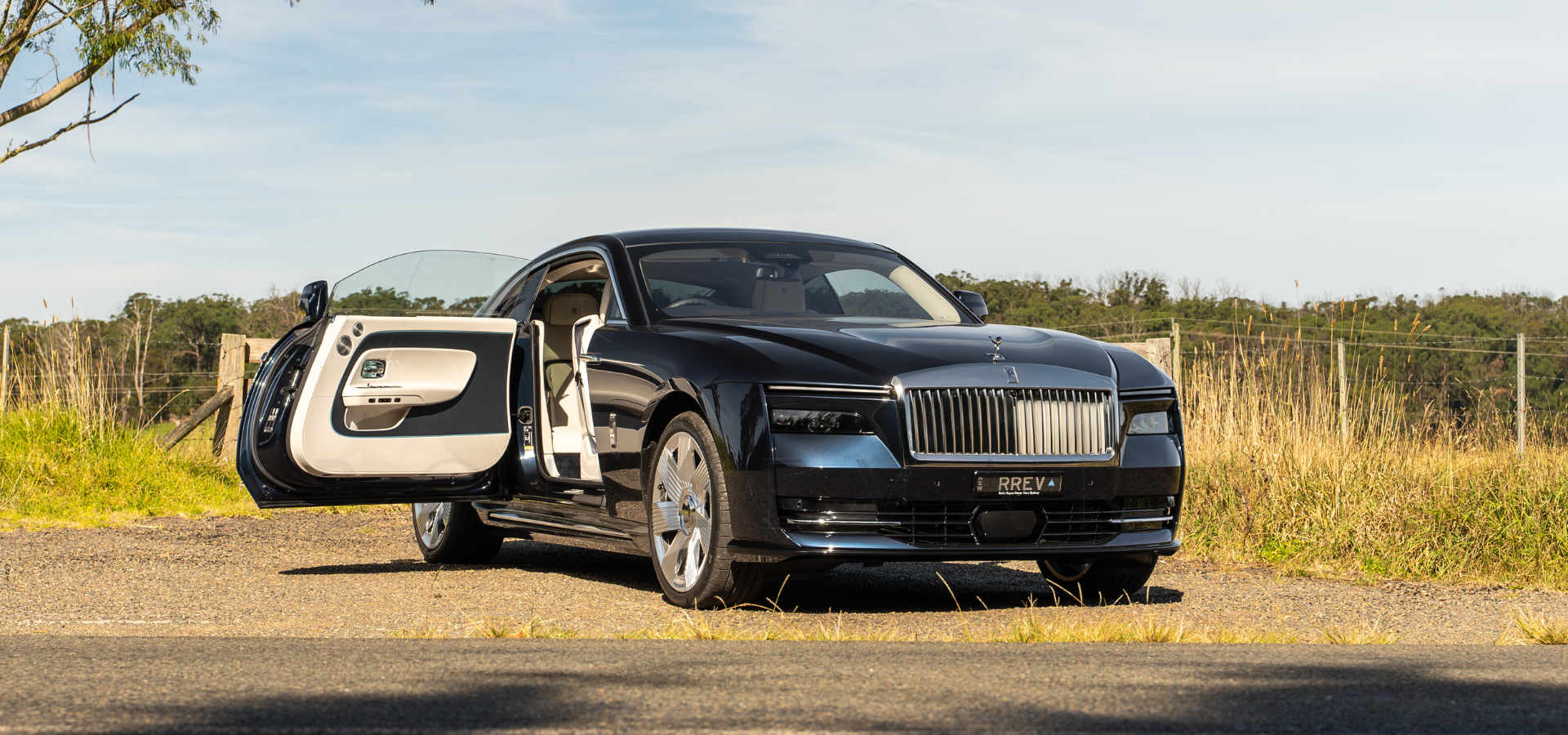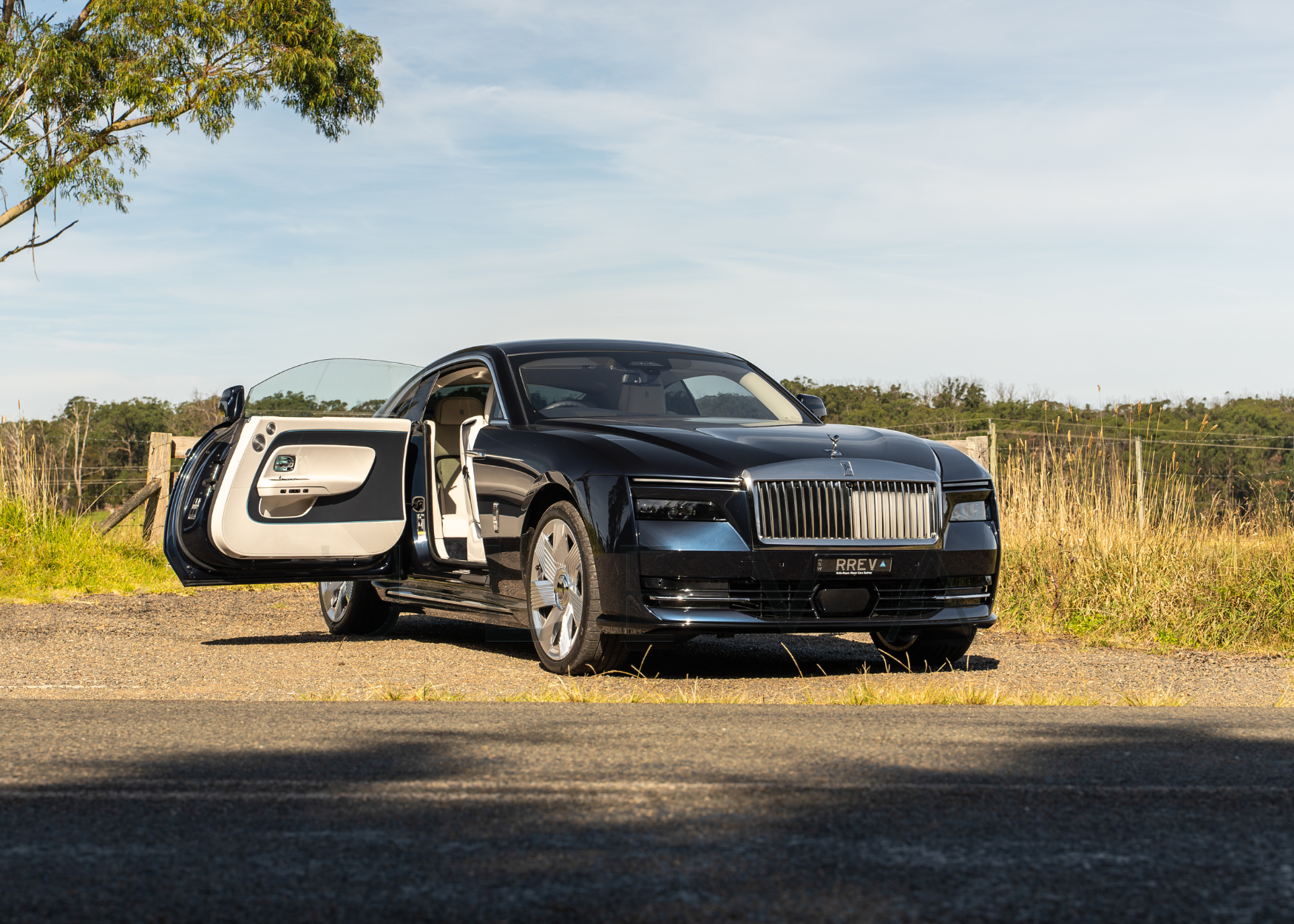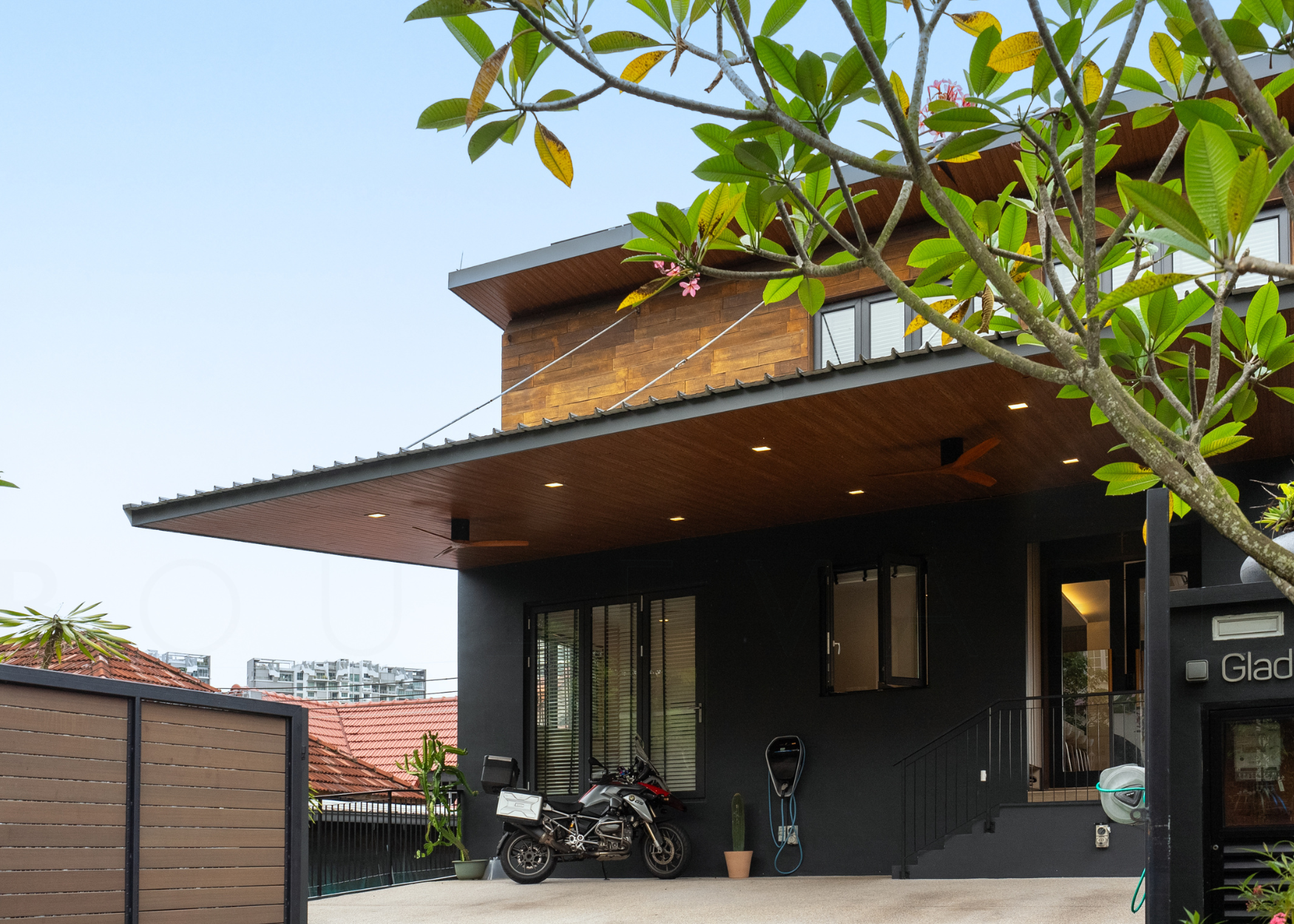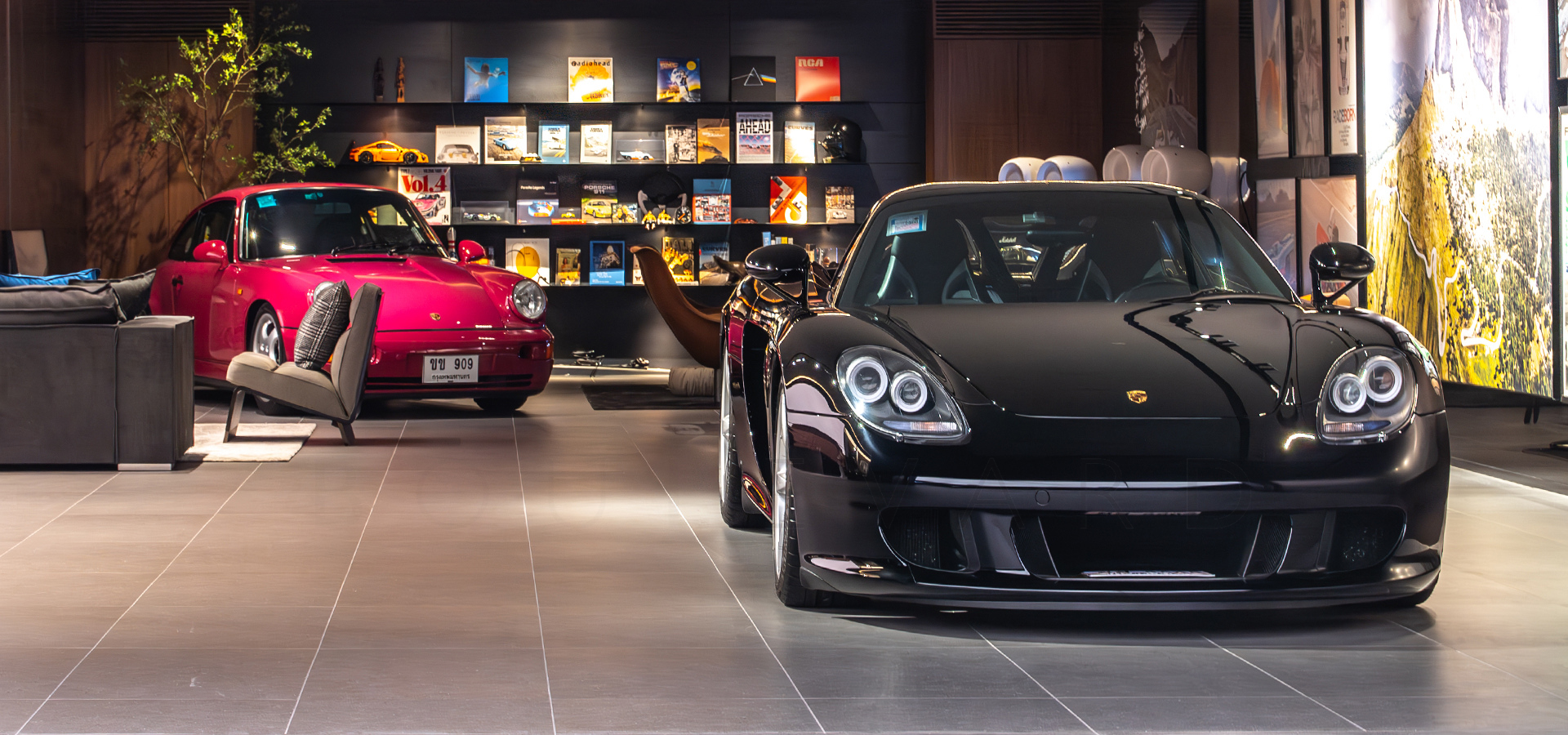From Spectre to the Eletre, XM to Artura, these legacy carmakers are rewriting their futures in the EV era
by Jamie Nonis
Photography by Jin Cheng Wong
It’s no secret that legacy carmakers are fighting for their future. In a dramatically changing automotive landscape, it is a frightening thought indeed when a mass-market electric vehicle (EV) powered by a China-made battery can muster virtually the same power, acceleration and speed of an Italian supercar in an instant.
Traditional players are now fast-losing market dominance as everyday EVs democratise the industry with high-tech, high-value propositions. And as product offerings grow increasingly homogeneous, many of these legacy carmakers find themselves competing in a more even playing field underwritten by new rules of engagement. In Singapore and Australia (and in many other markets for that matter), China’s BYD has already overtaken Tesla as the top-selling EV. Which begs the question: Is banking on brand equity, heritage, pedigree and prestige enough to keep traditional players afloat in this new world order?
These are questions that the likes of BMW, Bentley and others in the traditionally western automotive stronghold are asking themselves as a fully electrified future appears inevitable, with fuel-inefficient internal combustion engines (ICE) being progressively phased out in the face of stricter climate regulations worldwide.
Steering towards a hyperdigital future
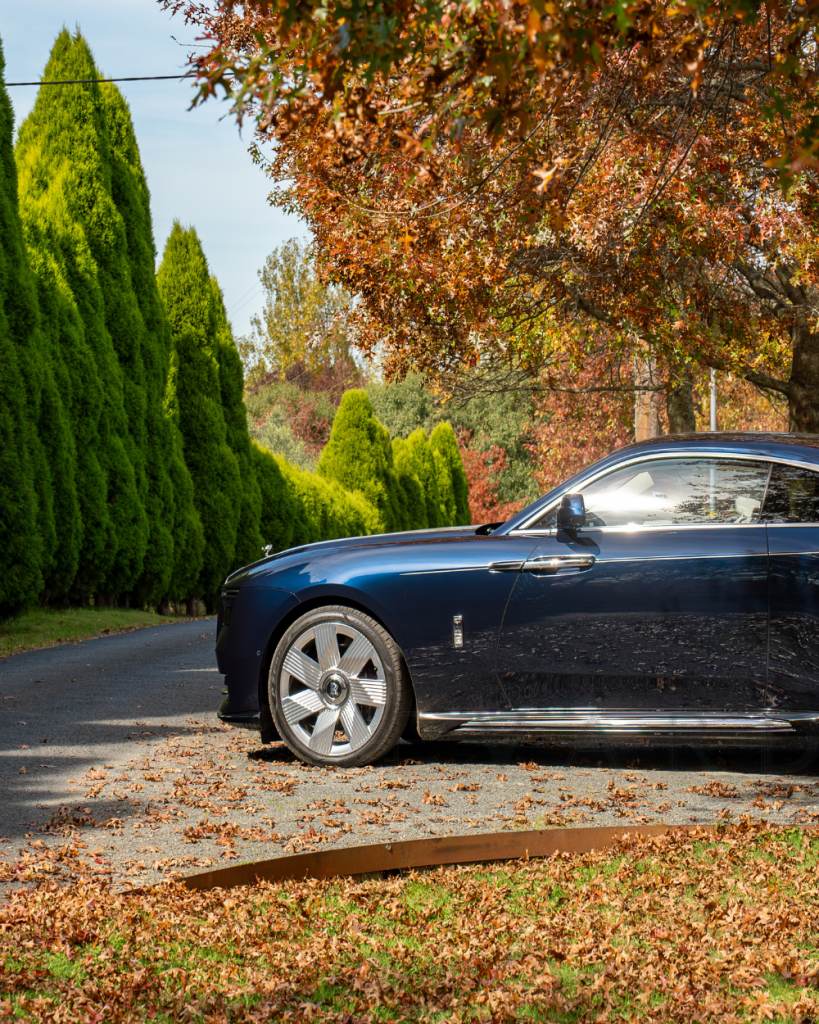

The Rolls-Royce Spectre at Bowral, Southern Highlands, Australia.
At the topmost rung of the totem, you have Rolls-Royce, renowned for its bespoke coachbuilds at the absolute pinnacle of automotive refinement. Instead of simply converting existing model lines into hybrids, the company had decided early on that its first foray into the electric sphere would be completely emissions-free. Built from the ground up, Spectre proved to be a game-changer. “It’s quite a historic moment for the brand,” then-CEO Torsten Müller-Ötvös had told this writer at the official unveiling in California’s Napa Valley in 2023.
In fact, demand was so strong that there was already a two-year wait for the two-door, four-seater coupé at the time of its launch. According to Müller-Ötvös, 40 per cent of Spectre buyers were first-time Rolls owners—double that of other new model launches like the Cullinan in recent years. For the venerable British marque steeped in history and tradition, electrification offered the company the opportunity to very quickly expand its client base.
The success of Spectre also signalled that the company was innovating in the right direction. In fact, Rolls-Royce, which is owned by the BMW Group, has stated that it would manufacture only electric cars by the end of the decade.
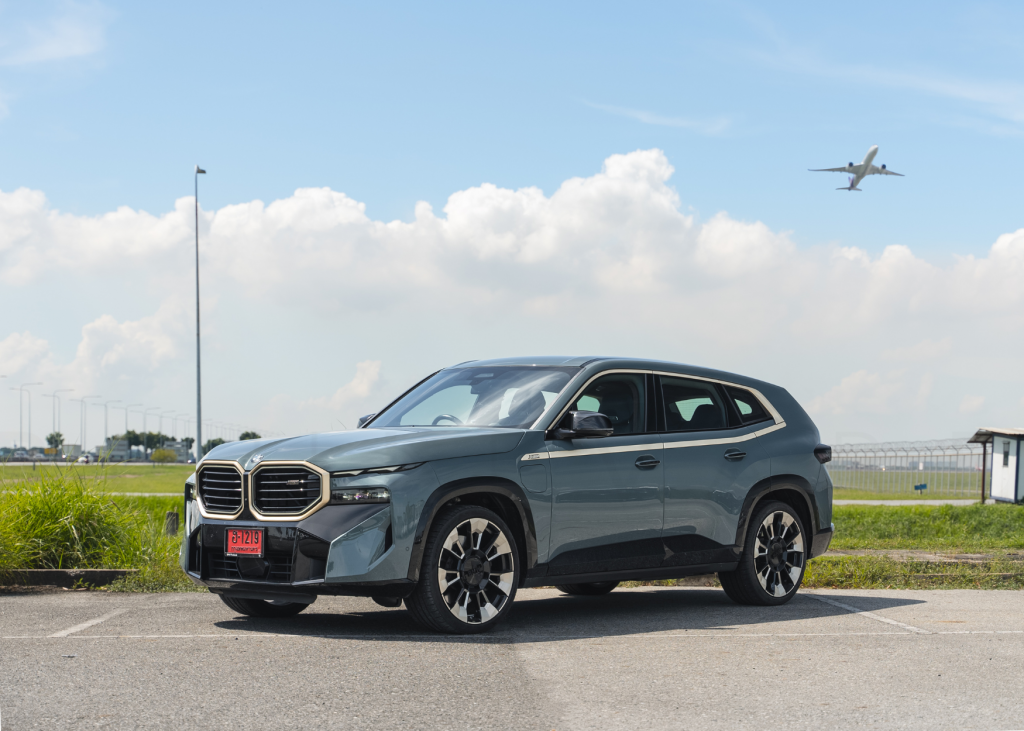
The BMW XM at the Bangkok International Airport in Thailand.
Speaking of BMW, the Bavarian carmaker was the first of the German luxury marques to deliver a modern EV way back in 2013 with the i3. Having accelerated its investments in electrification over the decade, BMW now leads its segment with a formidable fleet of plug-in hybrids (PHEVs) like the XM and iX SUVs, as well as a growing line-up of pure EVs, such as the ultra-luxury i7 sedan and iX SUV—all featuring a deluge of impressive tech.
The brand is also rapidly steering towards a hyperdigital future with a mandate of “at least” 50 per cent of global sales to be fully-electric by 2030. It’s even experimenting with hydrogen fuel cell technology. We had the opportunity to test-drive the BMW iX5 Hydrogen as part of a pilot project during the Concorso d’Eleganza Villa d’Este in Lake Como last year, and the company is preparing to roll out a series of hydrogen-powered vehicles in 2028.
Existential threat or opportunity for reinvention?
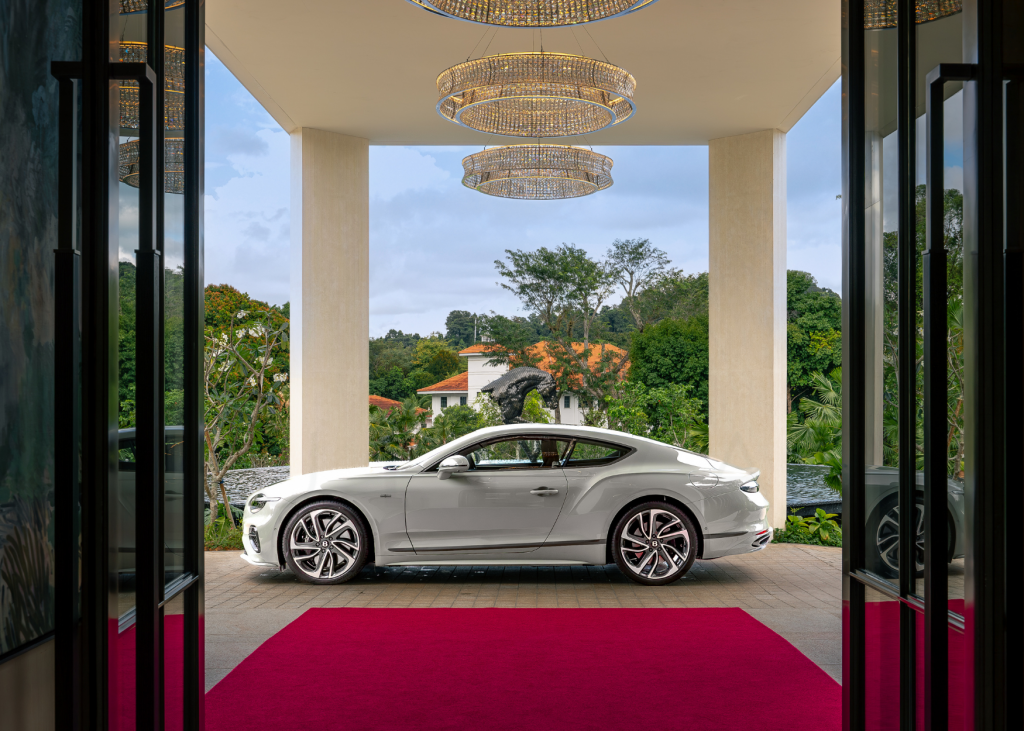
The Bentley Continental GT Speed at the Raffles Sentosa Singapore.
The supercar segment, however, is predictably playing catch-up—and understandably so. Electrification has changed the game entirely, calling into question the very definition of the supercar. What makes a supercar a supercar in an electric era where it’s becoming more difficult to justify the same sanctimonious reverence for a V8, V10 or V12 engine when instantaneous torque can now be as easily summoned in an EV powered by a ‘Made in China’ battery?
Affirming the existential threat in overdrive, Lamborghini CEO Stephan Winkelmann once told this writer that electrification posed “the biggest challenger ever” for the brand. The Raging Bull, which has since released two production hybrids—the Revuelto and the Temerario—appears to be walking back electrification plans amid softening demand for high-end electric cars. The company this year said it would push back the launch of its first pure electric model by a year to 2029.
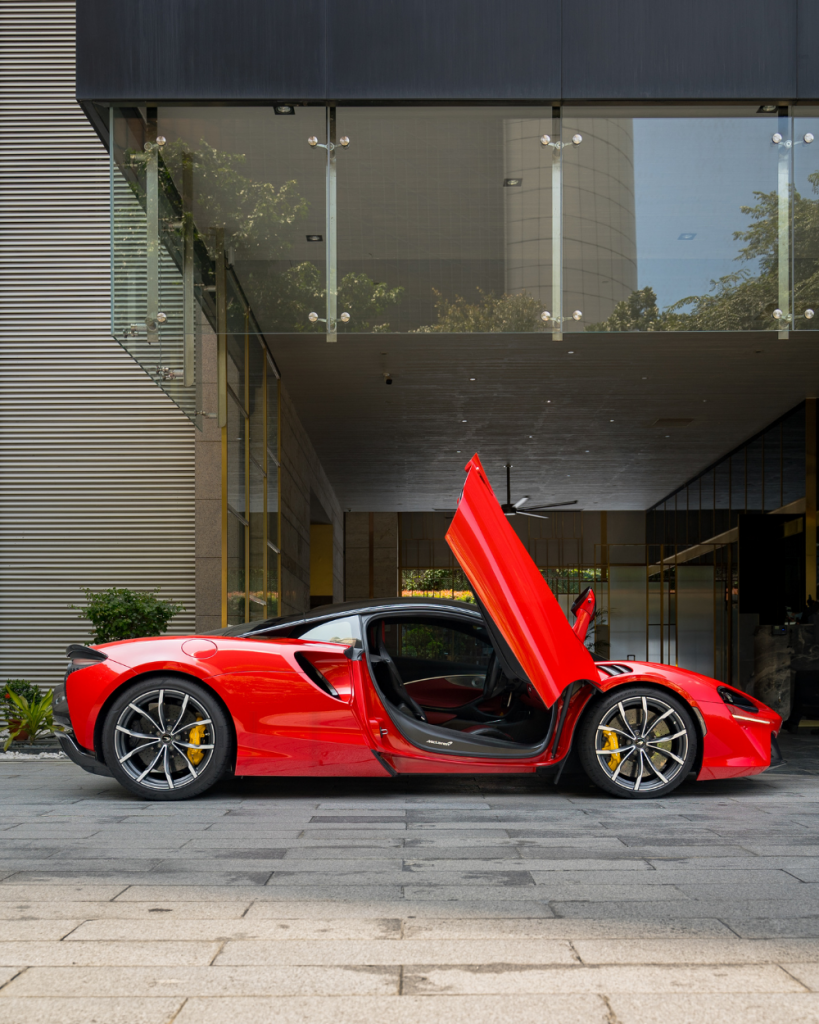
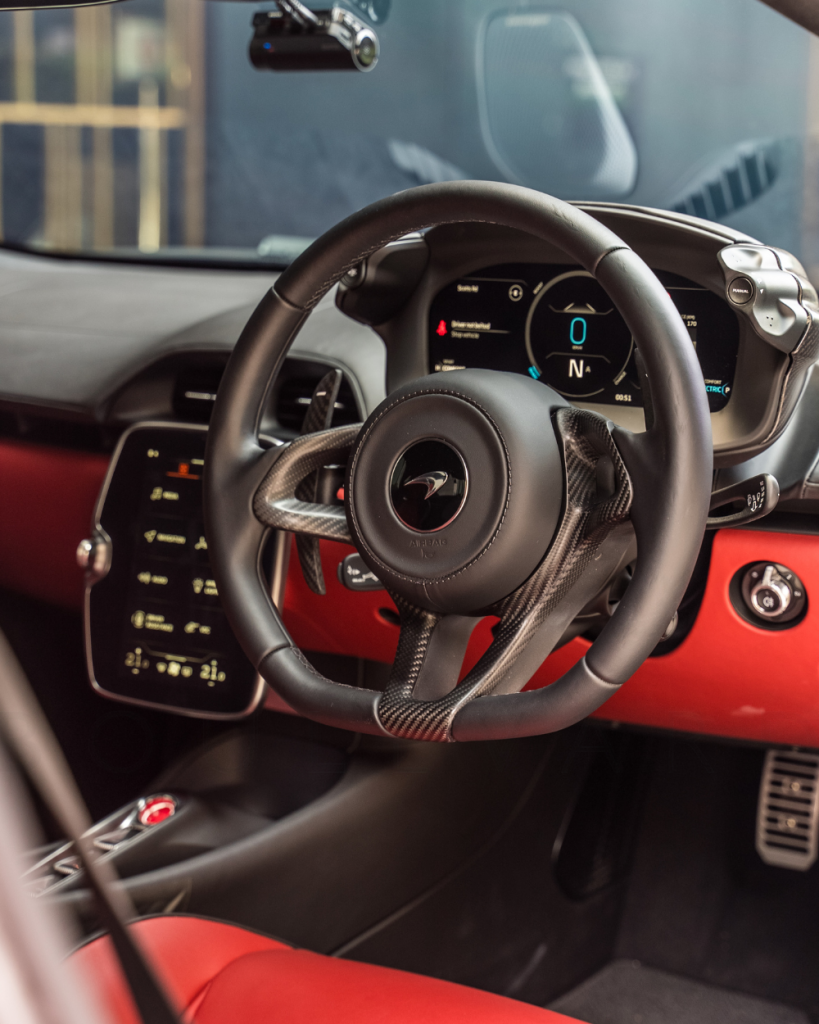
The McLaren Artura at Reignwood Hamilton Scotts, Orchard, Singapore.
McLaren, meanwhile, now has the Artura—technically its first production hybrid following the limited-run P1 and Speedtail. And it’s easily one of our favourite hybrids of the season, having experienced how beautifully the 3.0-litre V6 handles during our drive through the snaking mountain passes in the south of France last year.
Will we see a fully-electric McLaren anytime soon? The supercar maker, now primarily owned by the royal family of Bahrain with its headquarters still in England, hasn’t announced any dates, except to say we shouldn’t expect one before 2030.
One of the most polarising recent launches, perhaps, came in the form of the Lotus Eletre in 2022. The British carmaker—revered in history for its racing pedigree and known for iconic early sports cars like the Elise and Esprit—went and made its first SUV, first EV, and the first four-door car in its 75-year history in one fell swoop. Purists and petrolheads fumed, saying the company fumbled; assertions that Lotus founder Colin Chapman would be “rolling in his grave” over the Eletre were a common refrain. Blimey.
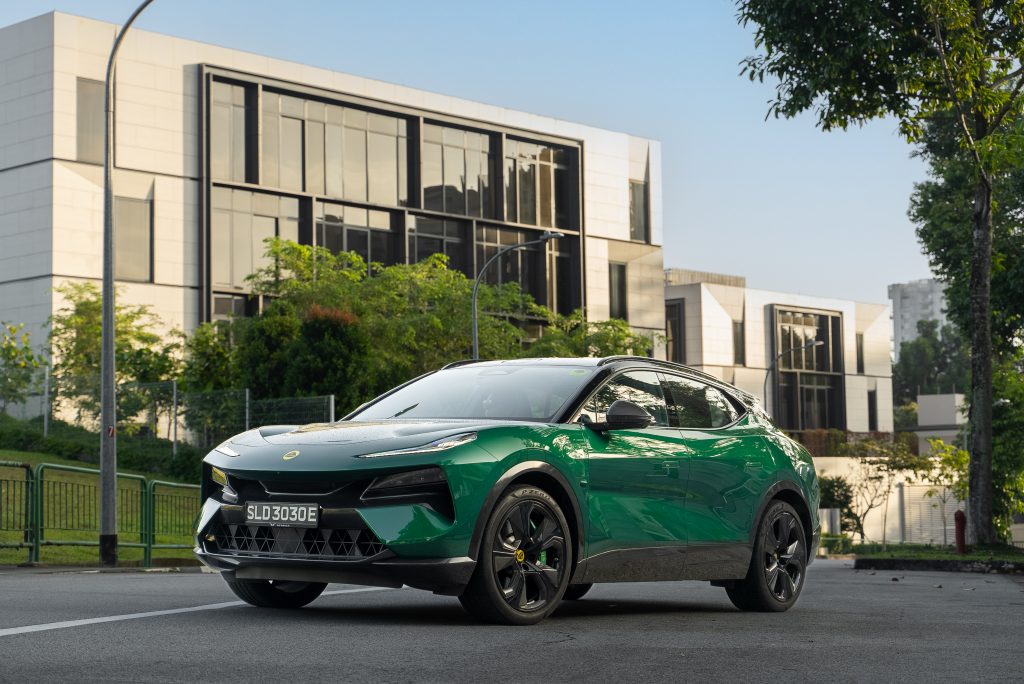
The Lotus Eletre at the Dalvey Haus, Tanglin, Singapore.
In fact, the brand, owned by Chinese automotive giant Geely since 2017, plans to transition into an electric-only car manufacturer by 2028. Lord, almighty.
But we, at Boulevard, understand it had to be done. Lotus needed to blow its niche wide open and pivot into the lifestyle segment to keep the factory lights on. No shame in that.
Plus, we’ve driven both all-new, all-electric Lotus models under the Geely era including its sophomore effort, the Emeya, on a road trip from Germany to Austria, and we are happy to report that both still deliver that gloriously sporty thrill behind the wheel, just minus the delicious growl of a naturally aspirated engine. Just one caveat, though: It helps to drive with one hand on the wheel and the other over the Lotus badge, perhaps.
And that’s exactly how we ought to look at, and judge, these new-fangled EVs: With fresh lenses, unburned by history.
Read next:
